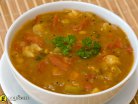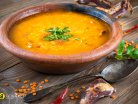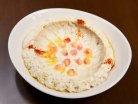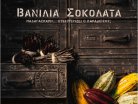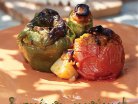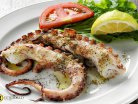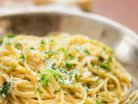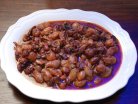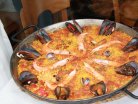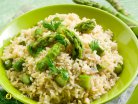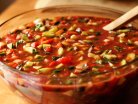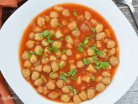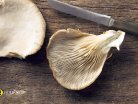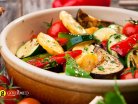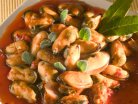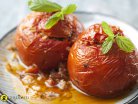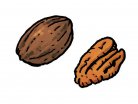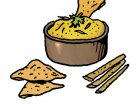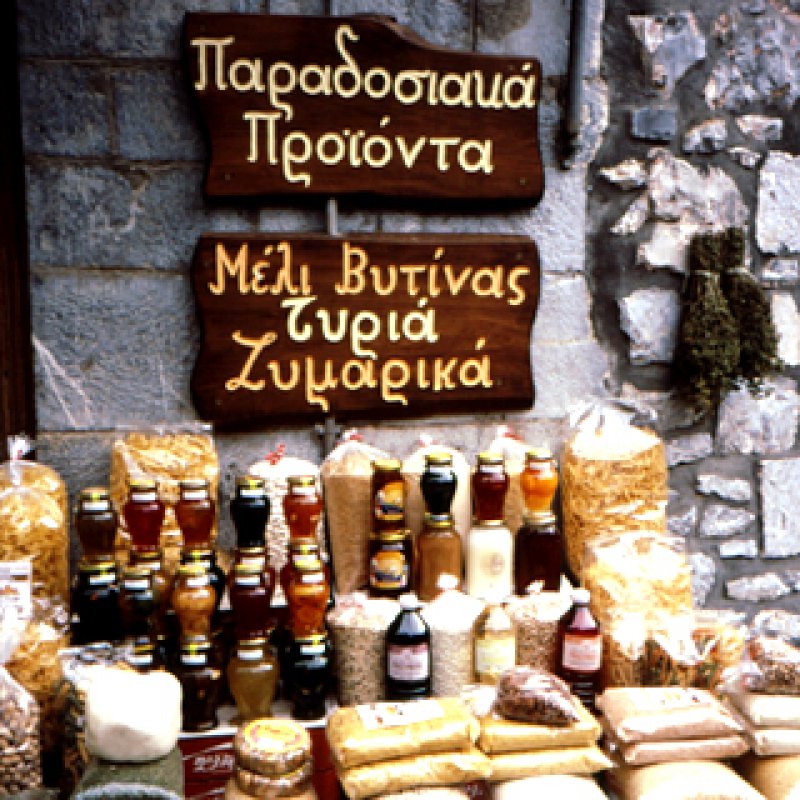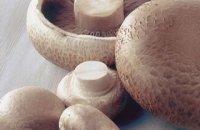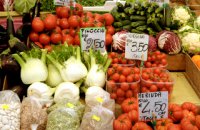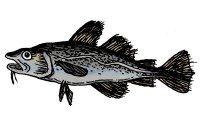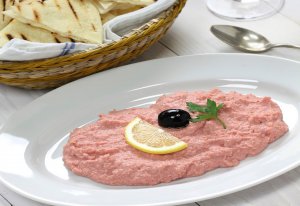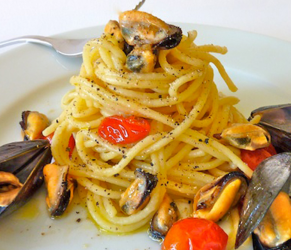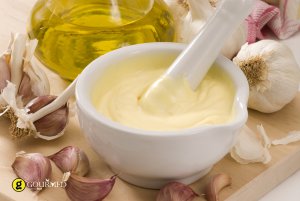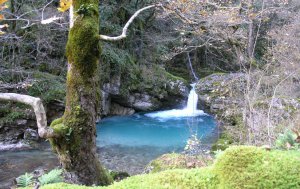A Little History
Pasta has always been part-and-parcel with the Greek kitchen cabinet. Though popular belief maintains that Marco Polo returned to Italy from his travels in China bearing pasta, experts now surmise that the food may not have come from any one place but from several, including Ancient Greece.
Many scholars argue that the Greeks had a kind of primitive pasta in the form of a grilled batter that they called "laganum." The word may be the etymological root of what the Italians call lasagna. Furthermore, the word for macaroni most likely has Greek origins, given that the food closely resembles makaria, an ancient Greek funerary dish. The Ancients asserted that sweetened, wheat-based foods were highly symbolic of rebirth and regeneration, and would therefore serve such foods in an effort to honor the dead.
Agrarian Νecessity
Before the advent of refrigeration, pasta was considered to be a necessity in Greece. For one, it was a way to preserve eggs (although not all Greek pasta contains eggs). Similarly, it was a way to ensure that there was always something, however simple, to eat. For our hard-working mothers and grandmothers, it was also an instant solution to feeding a large, hungry family.
Most Greek pasta was made and dried at the end of the summer. Some, though, was made and eaten fresh.
The traditional, old-fashioned dishes made with regional Greek pasta are some of the most delicious foods we have. In Limnos, for example, one odd dish is the "pseftopetino," made with a local pasta called "flomaria" and served with eggplants. Some of the world's best pasta dishes come from the eastern Aegean islands, like the noodle-like pasta in tahini sauce, a popular Lenten specialty.
With beans and Legumes
In some parts of the country, pasta is cooked up with beans. In Rhodes and Cyprus, for example, noodles are boiled together with lentils and topped with "syvrasi," or sweet, caramelized onions. I have found recipes for black-eyed beans cooked with kritharaki and vegetables in a dish that falls somewhere between a soup and a stew, a recipe that is most popular in the Peloponessos. Among the Jewish people of Corfu, there is a sumptuous dish that involves short pasta and handres, or borlotti beans. This dish is almost identical to a dish savored in the Jewish community of Trieste, with which the Jews of Corfu had much social and commercial interaction.
With cheese
Perhaps the most common Greek pasta dish is the luscious, sinfully rich egg noodles ("hilopittes"), boiled to soggy perfection, and served up with browned sheep's milk butter and myzithra cheese. There are versions of this dish all over the country, the best of which hails from the Dodecanese, specifically from the islands Kassos and Kalymnos. There, the local makarounes are prepared in such a fashion and then tossed with either the deliciously sour soft local cheese, or a strained yogurt.
With meat
Pasta cooked with meats is another standard Greek dish, and one we've probably all tasted on some Sunday or other. Even in a dish so seemingly simple, there are regional variations. For example, in Corfu, thick tubular pasta is preferred to all other kinds, and the dish, "pastitsatha," is made with chicken. The tomato sauce that unites the dish is rich and fragrant. In the Peloponessos, beef and egg noodles ("hilopites") are served with an egg-lemon sauce known as "avgolemono," which is the trademark of Peloponessian cooking.
In Pies
In traditional, regional cuisine, pasta even makes its way into pies, too. One of my favorites is the pastitsio Venetsianiko of Corfu and Kythera, which is a rich mixture of all sorts of meats, charcuterie, cheeses and bechamel tossed with pasta and then finally enclosed within a home-made pastry crust. The Peloponessos offers its "makaronopita" to the litany of pasta pies. Simitarly, the "Poli" Greeks, or those from Istanbul, have their own version of pastitsio, which is the usual pastitsio enclosed in a casing of phyllo.
Another kind of pasta pie is the "passa makarouna" of Kos, a kind of pastitsio made with homemade phyllo that first is blanched, then layered, and then finally baked. The filling is made with ground pork and local fresh mizithra cheese. Then, the whole thing is drenched in meat broth and milk before baking. It is the traditional pasta dish on the holiday Tyrini, the last Sunday of Carnival.
Sweet Pasta Dishes
Composing a list of Greek recipe names that call for pasta would be far too painstaking to write, and probably far too boring to read. However, I would like to end with mention of what I think is one of the most fascinating pasta traditions in Greece, one that has nearly been lost. That is the old custom of making sweet pasta dishes. Usually these were loose, porridge-like preparations made by boiling pasta in milk and sugar, or water and honey. One such dish is the "pigoulopita," from Roumeli, which is a kind of loose pudding made with vermicelli. In Crete, many such dishes were served to nursing mothers, as it was believed that they had the potential to enhance milk production.
But I have come across some sweet pasta dishes that are truly unusal. One is a Lenten sweet which I found in Rhodes, a dish that involves pasta boiled with sweetened tahini and then sprinkled with cinnamon. Similarly, the "moustokoulika" from Limnos seems rather unconventional. This particular dish involves a homemade, dense, thick, knotted pasta that has been boiled in grape syrup.
A short list of regional pasta for those who are still interested:
- Aftoudia - From Chios. A simple flour-and-water dough shaped into small "ears," hence the name.
- Avgohilos - Similar both in taste and appearance to "hilofta," a dish mentioned below, except that it contains eggs. A specialty of Crete.
- Evriste - Another specialty of the Black Sea Greeks. Made without eggs, and therefore a dry version of "tagliatelle" (mentioned below).
- Flomaria - The traditional egg noodles of Limnos, made with the island's indigenous hard wheat, which produces a yellow, glutinous flour. Flomaria are made in two shapes, either strands as thin as strings, or flat and narrow, almost like the Italian linguine. They are dried and stored, like most handmade pasta in Grece, in cotton satchels.
- Gongides - A kind of curled little shell-shaped pasta, found in Sparta and Laconia in the southern Peloponessos.
- Hilofta - A thin, short, linguine-like pasta that is a specialty of Crete.
- Hilopites - The word for egg noodles used throughout Greece. These can be either long and thin, not unlike fettucine in shape; or small squares.
- Kouskousi - An egg-and-milk infused pasta, made either with semolina flour, or bulgur and a little wheat flour. It is a specialty of Thrace in northeastern Greece, and is surely one of the most fascinating Greek regional pasta products. Like trahana, it is prepared at the end of the summer. Eggs, milk and a little salt are mixed together in a large basin. Bulgur or semolina is added to the liquid, (the former is soaked in the liquid to soften it). Then regular flour is mixed in until a dense mass forms. This is then rubbed a little at a time between the palms of the hands to get the characteristic tiny ball-like shape. The little balls are left to dry on cotton sheets, turned over several days so that they don't stick together, and, finally, when rock hard, they are stored in cotton sacks. Kouskousi is cooked like pasta, to accompany chicken or other meat swimming in rich fragrant sauces. Sometimes it is added to soup or stew as a thickener, because, like trahana, is dry milky heart breaks down and lends a creamy quality to whatever it is added to. Sometimes, too, it is used as a replacement for rice, as in the recipe below.
- Mangiri - A traditional Cretan pasta shaped into squares and made without eggs.
- Niokos - A specialty of the Ionian islands, where the cuisine has been influenced by the long Venetian presence between the 15th and 18th centuries. Ionian niokos closely resembles orzo—a rice-shaped pasta. It also goes by the name birbiloni.
- Schioufichta - A Cretan pasta, made wi th flour, water and a little olive oil. It is shaped like little curls.
- Siron - This is a kind of stout cylindrical pasta spiral and it is not air-dried but grilled. Another specialty of the Greeks from the Black Sea. One can find it in specialty shops in Athens. To use it, it must first be dampened, and then tossed with hot butter and cheese.
- Striftades - The name given to a small, local Peloponesian handmade pasta. The word means "little twists."
- Toutoumakia - The word for egg noodles in the Peloponessos, used more commonly than "hilopites."
- Triftoudia or Triftilidia - Yet another pasta variety from Crete, shaped like little rice pellets.
- Valanes - Also from Chios, shaped into small curls.

